Rains, Drains and Automobiles
Brian D’Arcy, independent environmental consultant
Roads and car parks are typically impervious and therefore shed most of the rain which falls on them as runoff, which has to go somewhere. The traditional (and most expensive) solutions were to provide open grids to collect runoff at points along the road edges or, in a car park sometimes in the centre. Clearly the impervious surface needs to be laid so that it drains towards the collection points. The grids of course need to be connected to collector pipes which have to be laid under the surface and connected in turn to larger pipes and sewer systems. The rainfall onto an impervious surface mobilises litter and other debris such as leaves and twigs, as well as pollutants such as traces of oil and sediments. To prevent the pipes getting blocked, each grid therefore sits on top of a gully pot; a carefully engineered mini silt-trap with a sealed base and a higher-level connection for overflow into the drainage pipe. Heavy sediment and some of the other material washed off the surfaces will settle out in the trap. The size of the typical British gully pot is too small to settle out all the pollutants and of course does nothing for oily runoff.

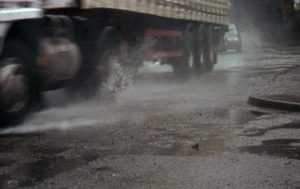
Figure 1. Car park and road runoff: diffuse pollution is most evident in wet weather.
The gully pots do however, retain a permanent pool of water beneath the level of the outlet pipe. And that pool becomes a toxic, anaerobic death trap for amphibians and sometimes small mammals which drop into it (figure 2).
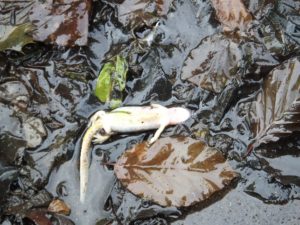
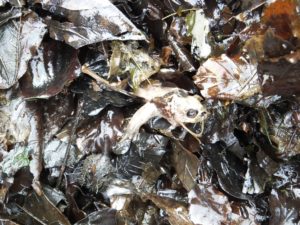
Figure 2. Cleaning out the silt trap reveals dead or dying newts, frogs, toads and other animals amongst the oily saturated leaves and debris[1]. Is more evidence needed of the toxic contribution our conventional drainage contributes to the water environment?
Automobiles are the principal reason why the runoff from roads, driveways and yards is contaminated and therefore requires treatment, not just control of flow rate. Vehicle washing, ad hoc drips and leaks of oil and other chemicals, while usually individually minor, are still likely to add contaminants to local streams unless trapped in the drainage features. Happily, research funded by SEPA in 2003-4 showed that oil, the most ubiquitous contaminant of urban runoff, decomposes in aerobic soil and degrades when exposed to sunlight when left as films on vegetation. Therefore passing road or driveway drainage through a grass strip is effective for pollution control if the feature is designed properly. This is why the excellent grass swale serving the link road from South Kinross up to the Park and Ride is the best treatment option.
From a taxpayer’s perspective, it is also an excellent example of cost-effective technology; no gully pots, grids or pipes. The entire carriageway drains down from the M90 side into the grassy channel along the other side.
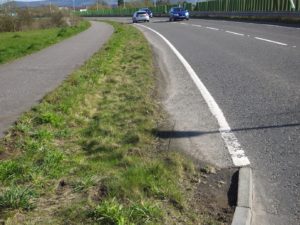
Figure 3. The grass swale on the link road, West Kinross
In the West Kinross example (figure 3) the treated runoff from the swale, passes through a constructed wetland for ‘polishing’ to create good river quality before discharge. The two-stage pools there are a small wildlife haven; snipe and mallard are frequent visitors, as well as breeding frogs, and in spring and summer a profusion of wild flowers.
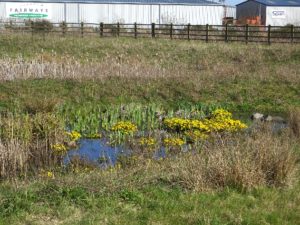

Figure 4. The wetlands serving the swale drainage West Kinross, with greater reedmace which stand proud through the autumn winter, and spring flowers adding colour earlier in the year, as frogs spawn in the safety of the pools.
The West Kinross drainage features are exemplars and form the basis of proposals for a Kinross Raingardens Trail. Good things are possible for new developments.
Don’t be an urban creep
What about existing car parks? The place where the rainfall can safely pond and slowly seep away, is not the surface of most existing car parks, but the green margins around it. There is a lot of scope for building that opportunity into plans to up-grade existing car parks.
What no-one should be doing is adding drainage pipes, grids and gullies to existing unmade ground. That would be a serious example of ‘urban creep’ – when an area with no conventional drainage or connection to the sewers, is converted to an impervious one with direct connection to the drainage system, with all the implications for adding to flood risks and pollution.
There are plans currently under consideration to up-grade the car parking area serving the Boathouse-Kinross Pier; let’s ensure that it will be another exemplar for best practice, right alongside the National Nature Reserve which gives Kinross its principal feature: Loch Leven.
BJ D’Arcy, b.darcy@btinternet.com independent environmental consultant
[1] See blog ‘Gruesome gully pots’ www.enviroexperience.co.uk